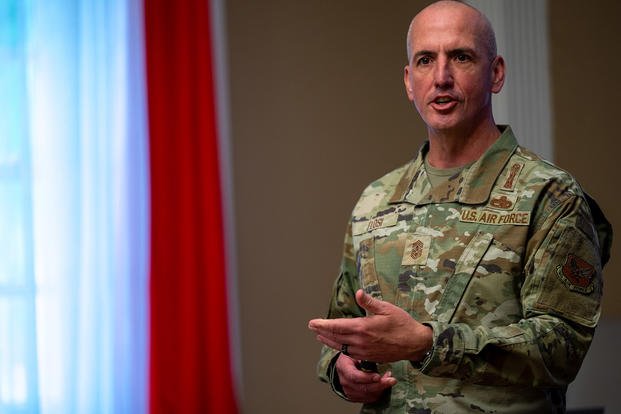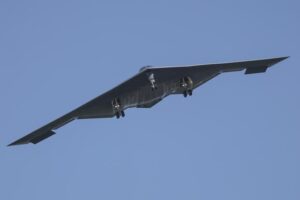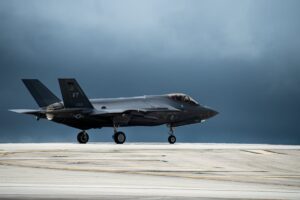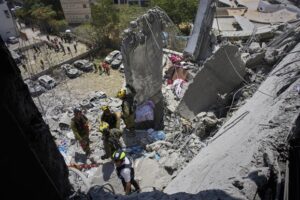In a powerful reminder of the Air Force’s core mission, Chief Master Sergeant David Flosi delivered a candid message to top noncommissioned officers, emphasizing the urgent need for readiness among airmen. His words, shared in an internal memo, underscore a critical shift in the service’s mindset and operational strategy.
Chief Master Sergeant of the Air Force David Flosi communicated a stark truth to the service’s enlisted leaders, stating, “At a basic level, America’s Air Force exists for [a very simple] capability — ‘to kill people and blow sh– up.'” Released on June 19, this message arrived just before Operation Midnight Hammer, a mission involving the bombing of Iran’s nuclear facilities, signaling that airmen must be prepared for any global conflict.
Flosi’s rhetoric, marking some of his most forceful since assuming his role in early 2024, aligns with broader efforts to instill a warrior ethos within the ranks. Air Force Gen. David Allvin and Defense Secretary Pete Hegseth have similarly emphasized the importance of a combat-ready mentality and enhanced physical fitness standards.
“Any day could be the day,” Flosi noted, hinting at the impending strike in Iran. He highlighted the swift mobilization of airmen, stating, “Just a week ago, thousands of airmen were sleeping in their own beds… Today, they are on the way or ALREADY ARE at contingency operating locations in the [European Command] and [Central Command] AORs … to deliver AIRPOWER.”
This newfound emphasis on readiness and capability is echoed by the Air Force’s top brass. In a speech at the Air and Space Forces Association Warfare Symposium, Allvin affirmed the Air Force’s mission to “put ‘warheads on foreheads’ anywhere the president might want,” as reported by Military.com. Gen. Chance Saltzman of the Space Force also emphasized the need for Guardians to be prepared as “warfighters” aiming for “space superiority.”
Retired Chief Master Sgt. Eric Benken, a former top enlisted leader, acknowledged the potency of this rhetoric but advised moderation. “I don’t think it’s one of those things that you run around saying all the time,” Benken explained. “I think it’s the right thing to say, I mean, that’s really what we do, and look at what we just did.”
Alongside this rhetoric, there is a push for stricter physical fitness standards. Flosi indicated upcoming changes, including biannual assessments, the use of height-to-waist ratio charts, and a potential shift from the 1.5-mile run to a 2-mile requirement. These changes are framed not as punishment but as a readiness imperative, reflecting the notion that fitness is vital if “today is the day.”
An Air Force spokesperson, speaking anonymously, revealed that these updates are nearing completion after a 10-month review. This process aligns with a March memo from Hegseth, which called for a comprehensive review of military standards across branches. “The Air Force acknowledges that post-COVID changes made in recent years did not effectively prepare airmen to meet the demands of the current and future operational environments and is actively working to reverse that trend,” the spokesperson stated. “Updates to the program will be formally released once the guidance is finalized.”











